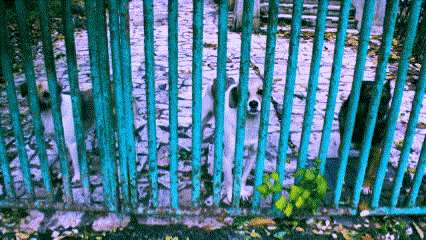One of the best pieces of advice I've received from those wiser than me was that it's not good to enjoy an achievement or the fulfillment of an expectation too early because there can be surprises.
Advice is generally made not to be followed.
I have noticed this from my own experience. I have done this often, and my son also ignores my advice.
Most recently, I've been happy that spring is here!
The beautiful weather and much warmer-than-normal temperatures for this time of year fooled me and the plants in my yard, which is also my garden.
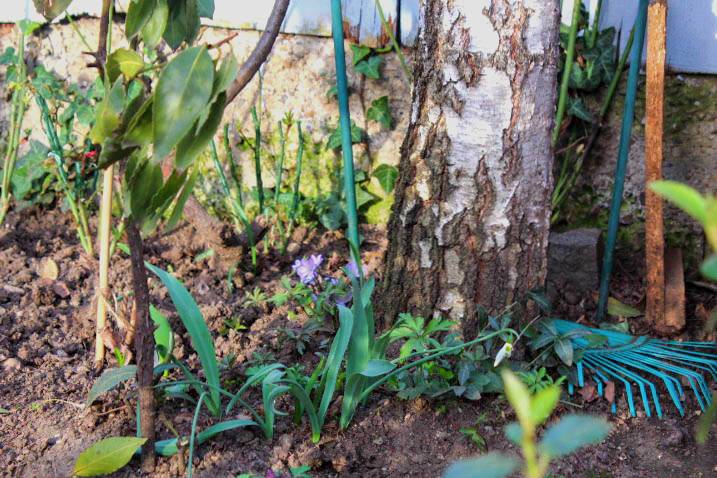
Early spring is the time of perennials, those plants that flower first and are considered the harbingers of spring. These are fast-growing and somewhat rustic if not wild, plants.
I am nostalgic for my childhood in the country, near the forest. At the beginning of spring, I often went to the forest to see these flowers, the first of which came out after the snow had melted.
I left many years ago to live in a city, and to avoid cutting myself off from country life, I took flowers from the forest and planted them in the yard. They bloom every spring and remind me of my childhood.
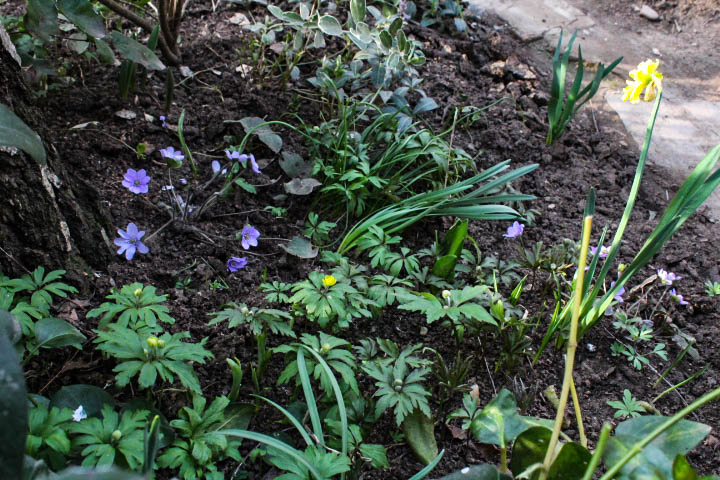
I've written about these first spring flowers, these small perennials, but other perennials are bigger and more vigorous. The following section will show you one of my favorites.
Helleborus.
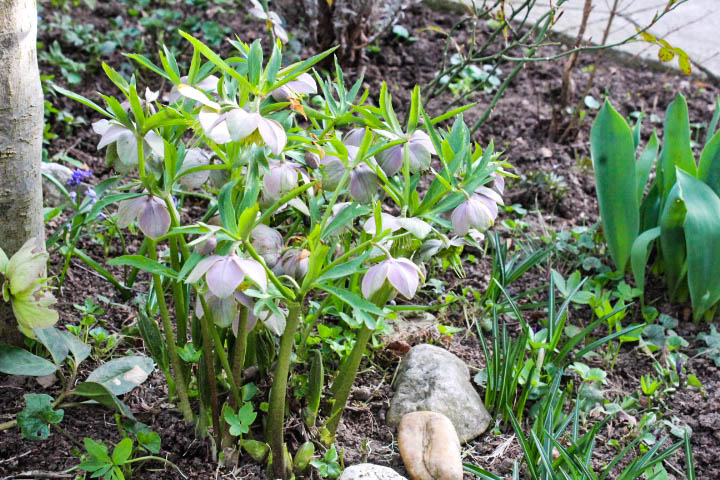
Helleborus is a plant genus native to Europe and eastern Asia. It is a herbaceous plant with green sepals on the back, reddish. The leaves are stalked, large, and broad, two at the base of the plant.
The flowers have petals, sometimes very small, transformed into nectarines, numerous stamens, numerous upper ovaries, rarely hermaphrodite, arranged in cymose or racemose inflorescences; the floral sheath with persistent, green or reddish, hairy leaflets on the underside. Source
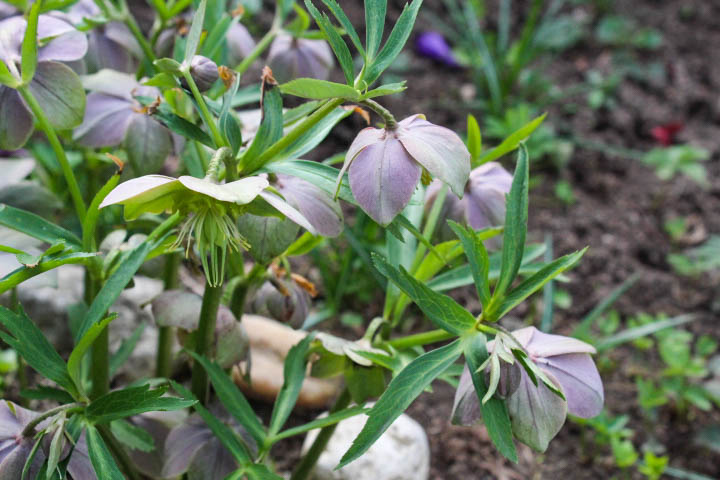
It is well adapted to the transition from winter to spring. It starts growing in mid-winter under a blanket of snow, and when the snow melts, it is ready to flower.
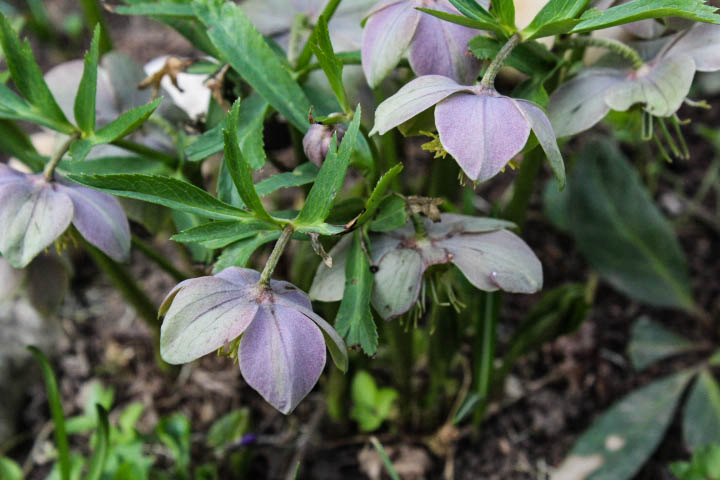
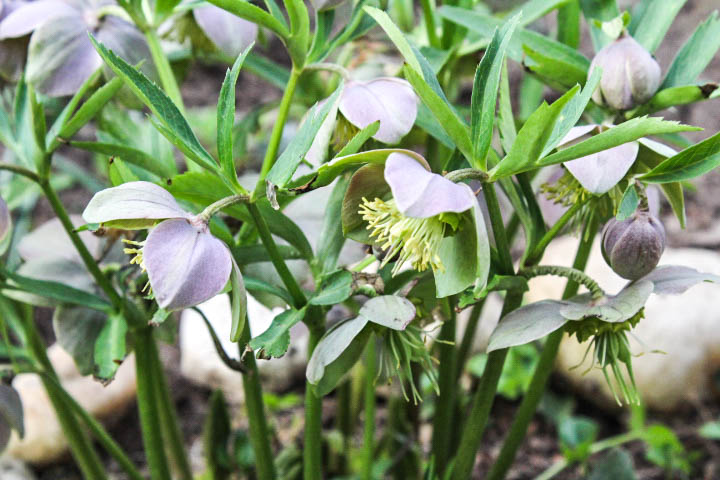
The flower is like a snowdrop, i.e., bent over, head down, and doesn't let all its beauty show. I had to turn them by hand to show the hidden side.
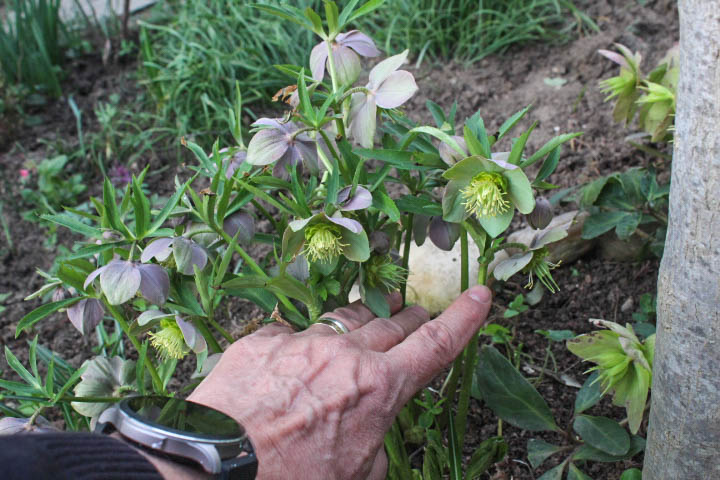
My favorite color is blue, and I chose it mainly because I love the sea and the sky. After taking these photos of the spring flowers in my yard, I noticed that most are blue.
Is this by chance?

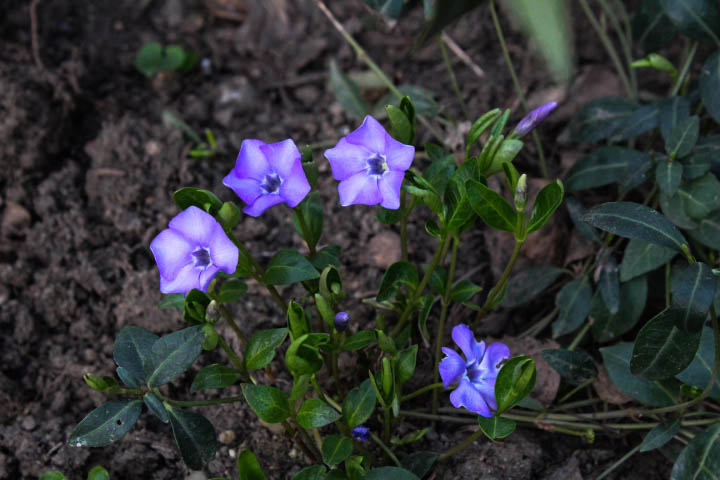
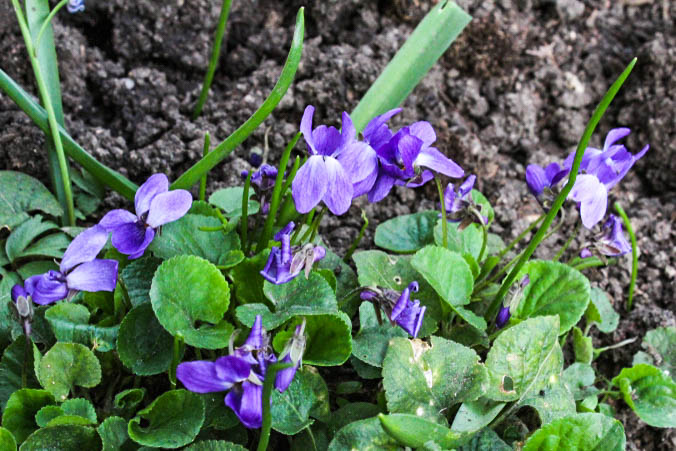
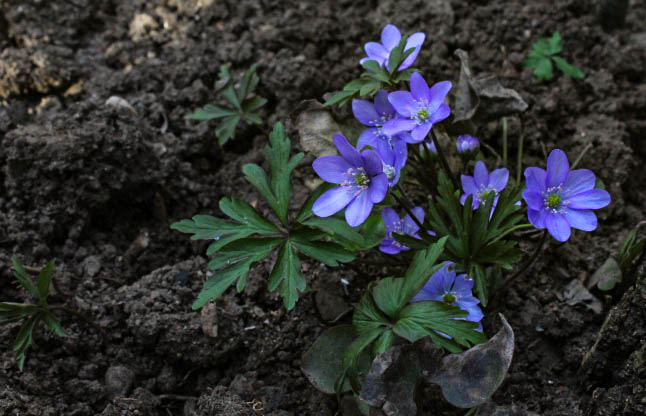
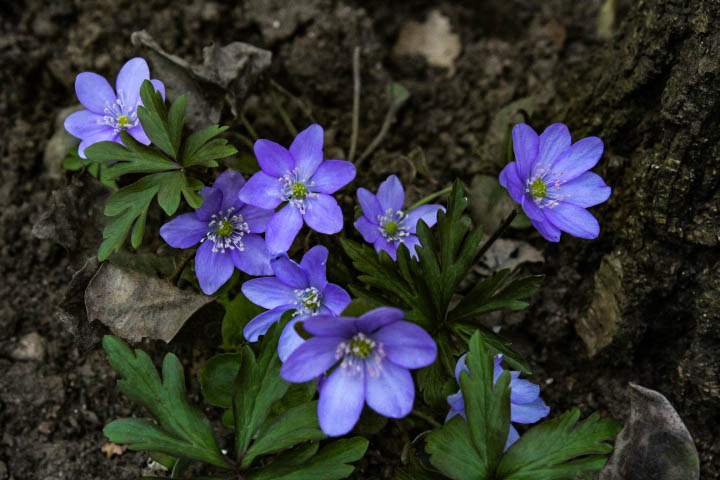
This little yellow flower is popularly called the Easter Flower; it is to Easter as the snowdrop is to spring, a herald. The Easter flower is the herald of Easter, so it has to bloom before this Christian feast, which it does every year. This time, it bloomed a long time before, two months early, a sign that global warming has taken religion by surprise.
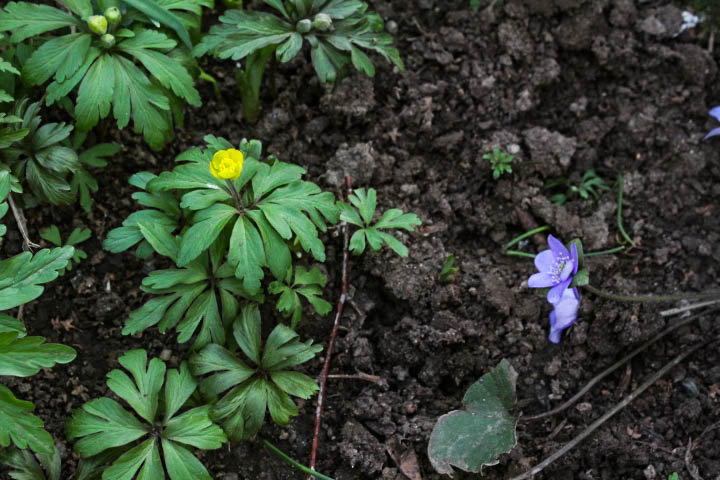
I started this story by discussing the wise advice not to rejoice too soon and to wait patiently for confirmation that a wish or achievement has been realized.
After some nice warm weather and spring flowers blooming, I thought spring had taken hold for good. I planted some Mediterranean plants in the garden (I kept them indoors over the winter because they can't withstand low, negative temperatures).
I was wrong. A few days ago, the cold returned, and it even snowed a bit. I'm worried that the plants taken outside too early might not survive.

I rely mostly on photos in all my blogs. Words don't help me as much as photos.
I always start with photos when I want to write a blog. Photos remind me of places, events, and feelings that turn into words. When I post on Photography Lovers, the words have even less importance; they are a companion to the photos I want to show. This often makes the story uninteresting, yet it is necessary; otherwise, the photos would merely be a series of ordinary images.
I make this statement as a plea to those reading not to over-judge the text and to focus on the photos.
A wise saying goes that a photograph is worth a thousand words, but I don't think so.
Everything depends on the beholder.
